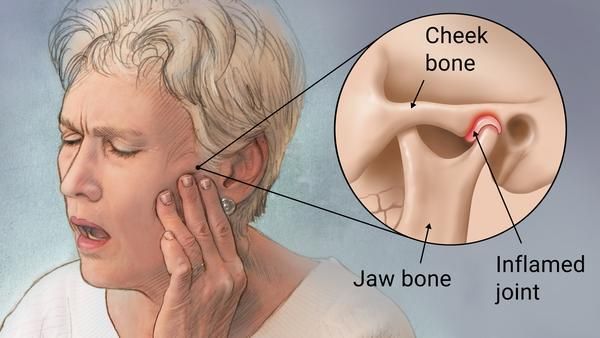The healthy human tongue is usually pink, with a delicate white coating. The specific shade of pink can slightly vary. The top and sides of the tongue are covered with papillae. The papillae are small, fleshy bumps that give a rough texture to the upper part of the tongue. When the papillae become swollen and enlarged, they trap food debris, bacteria, and dead cells. This ultimately leads to a thick white coating.
Causes of White Tongue Coating:
A white tongue signals poor oral hygiene practices. Habits like infrequent brushing, neglecting flossing, smoking, excessive alcohol consumption and eating mostly soft or smashed foods irritate the tongue surface, leading to a buildup of bacteria and debris. Moreover, breathing through your mouth can dry out the tongue, making it more disposed to bacterial growth and a white coating. A lack of essential vitamins, such as B12 and iron, can also cause a white tongue. Dehydration can further aggravate the issue by limiting saliva production, which helps to cleanse the tongue.
Certain medications can also lead to a white tongue as a side effect. For instance, smoking cessation aids like Chantix, topical antibiotic such as metronidazole, antiviral medications like Prezista, and antinausea/antiemetics like Aloxi can all contribute to this condition.
Association of White Tongue with diseases
A white tongue can sometimes indicate an underlying health issue.
Leukoplakia, a condition resulting in white patches on the tongue due to excessive cell growth. A dentist monitors leukoplakia to prevent worsening. He may advise reducing alcohol intake or quitting smoking. In some cases, surgical removal of the patches might be necessary.
Oral Thrush, a yeast infection more prevalent in infants, the elderly, and immunocompromised individuals, manifest as a white tongue. Its treatment involves antifungal medications applied directly to the mouth for 1-2 weeks until the infection clears.
Syphilis, a sexually transmitted infection, can have a white coated tongue. It requires medical treatment with a suitable antibiotic.
Lichen Planus, a chronic inflammatory oral condition that causes white patches on inner cheeks, gums and tongue. Your dentist will simply monitor it to make sure lesions heal properly. However, in severe case dentists prescribe topical or oral corticosteroids.
Additionally, a digestive system overwhelmed by bacteria or yeast, particularly Candida, hindering proper function.
How to prevent white tongue
A tongue with white coating is characteristically harmless and resolves on its own within a short period. Maintaining good oral hygiene is key to prevent a tongue with white coat. This includes drinking plenty of water, brushing your teeth gently with a soft-bristled toothbrush, and cleaning your tongue with a tongue scraper. To avoid irritating your tongue, it’s best to stop cigarettes and vape pens, as well as foods that are spicy, salty, acidic, or extremely hot.






